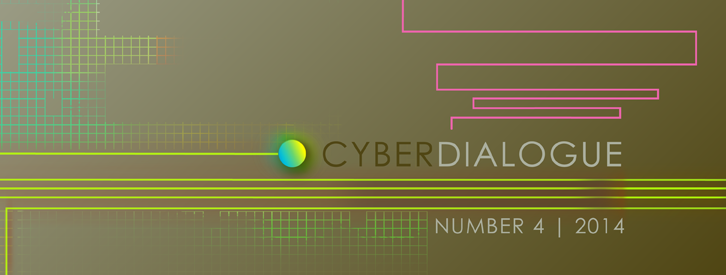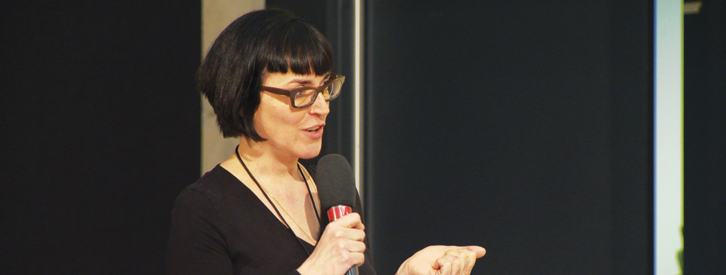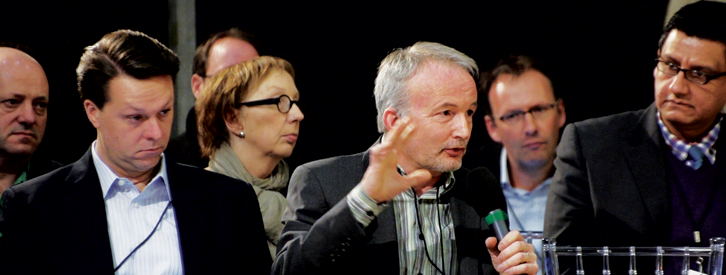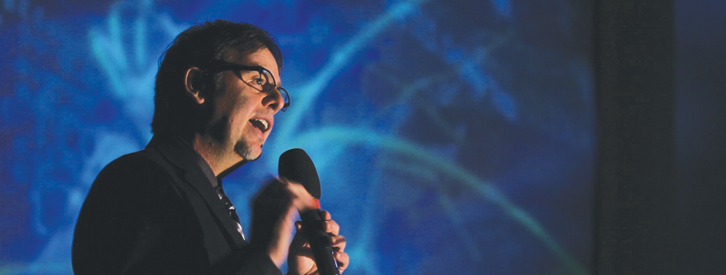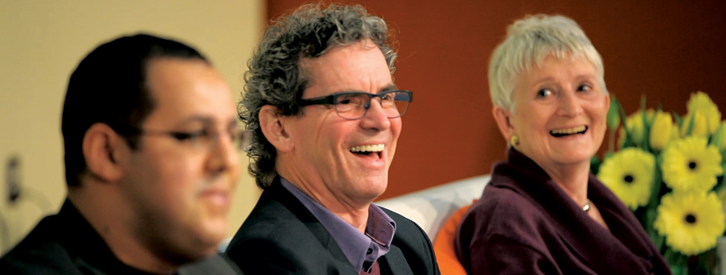Venues
On March 18 and 19, 2012, the second Cyber Dialogue Conference took place at the following venues:
Sunday, March 18, 2012
| Event Name | Venue |
| Registration and pre-event reception | Munk School of Global Affairs, Observatory Site, First Floor Library/Lounge, 315 Bloor Street West (map) |
| Plenary panel and discussions | Town Hall, Innis College, 2 Sussex Avenue (map) |
| Reception and gala dinner sponsored by Google Inc. | Park Hyatt Hotel, 4 Avenue Road (map) |
Monday, March 19, 2012
| Event Name | Venue |
| Breakfast sponsored by Microsoft | The Vivian and David Campbell Conference Facility, Munk School of Global Affairs, Trinity College Site, 1 Devonshire Place (map) |
| Lunch sponsored by Microsoft | Seeley Hall, Trinity College, Second Floor, 6 Hoskin Avenue (map) |
| Coffee breaks sponsored by ISOC and Afilias | The Vivian and David Campbell Conference Facility, Munk School of Global Affairs, Trinity College Site, 1 Devonshire Place (map) |
| Plenary sessions | Munk School of Global Affairs, Trinity College Site, 1 Devonshire Place (map) |
Reservations
The conference hotel was the Park Hyatt Hotel, Toronto.
Park Hyatt Hotel
4 Avenue Road
Toronto, Ontario M5R 2E8
Phone: +1 416 925 1234
Getting to Toronto
Traveling by Air (2 airports)
Managed by the Greater Toronto Airport Authority, it is Canada’s principal airport with travel connections to every continent. Taxis are available outside of every terminal and there is typically a taxi stand where you will be directed to a taxi. Taxis to downtown Toronto hotels cost between CAD 40 and 50, plus tip, and the trip will take about 30 – 40 minutes.
Click here for information on traveling by public transit to/from Pearson Airport.
(Formerly Toronto City Centre Airport) It is located on Toronto Island, minutes from the downtown core with links to the city by a short ferry ride and shuttle.
Traveling by Train
VIA Rail and AMTRAK bring visitors into the heart of the city each day. Toronto’s Union Station is centrally located downtown and connects to the subway by underground tunnel.
Traveling by Car
Several highways, including Highways 2, 401, 407 (toll highway) and the 403 Queen Elizabeth Way, link surrounding cities to Toronto. Nearest Canada-US border crossings are at Niagara Falls, Fort Erie and Windsor, Ontario.
Getting Around Toronto
Traveling by Public Transit
The Toronto Transit Commission (TTC) is the city’s public transportation system. It includes a subway system, streetcars and buses.
St. George subway station is within easy walking distance of the University of Toronto.
Useful links:
- Transit map of downtown Toronto
- TTC (subway) map
- Streetcar routes
- TTC fares
- University of Toronto campus map
Visiting Toronto
Toronto’s Fast Facts:
- Population: 2.48 million people, with 5 million in the Greater Toronto Area (GTA)
- Ranked as the safest large metropolitan area in North America by Places Rated Almanac.
- Toronto is recognized as one of the largest theatre centres in the English-speaking world, with more than 90 venues in the GTA. The city is considered “Hollywood North” by the film and television industry.
- More than 50 ballet and dance companies;
- Six opera companies;
- Two symphony orchestras, and
- 150 pieces of public art and monuments add to Toronto’s landscape in addition to the over 2,000 moveable works of fine art on display in public buildings such as City Hall and the civic centres.
- One of the most multicultural cities in the world, with more than 100 languages and dialects spoken here – more than 1/3 of Toronto residents speak a language other than English at home.
- 43 per cent of Toronto’s population reported themselves as being part of a visible minority
- Home to 79 ethnic language publications
Source: http://www.ontariotourisminvestment.ca/toronto/fast-facts
The following attractions are located within walking distance of the University of Toronto:
- Bata Shoe Museum
- The Royal Ontario Museum
- George R. Gardiner Museum of Ceramic Art
- Art Gallery of Ontario
Other attractions in and around Toronto:
Weather forecasts:
- Current and short-term forecast
- Long-term forecast (14-day trend)



